Articles containing: violence
Predicting The Next Mental Health Crisis: Sometimes We Just Can’t Know
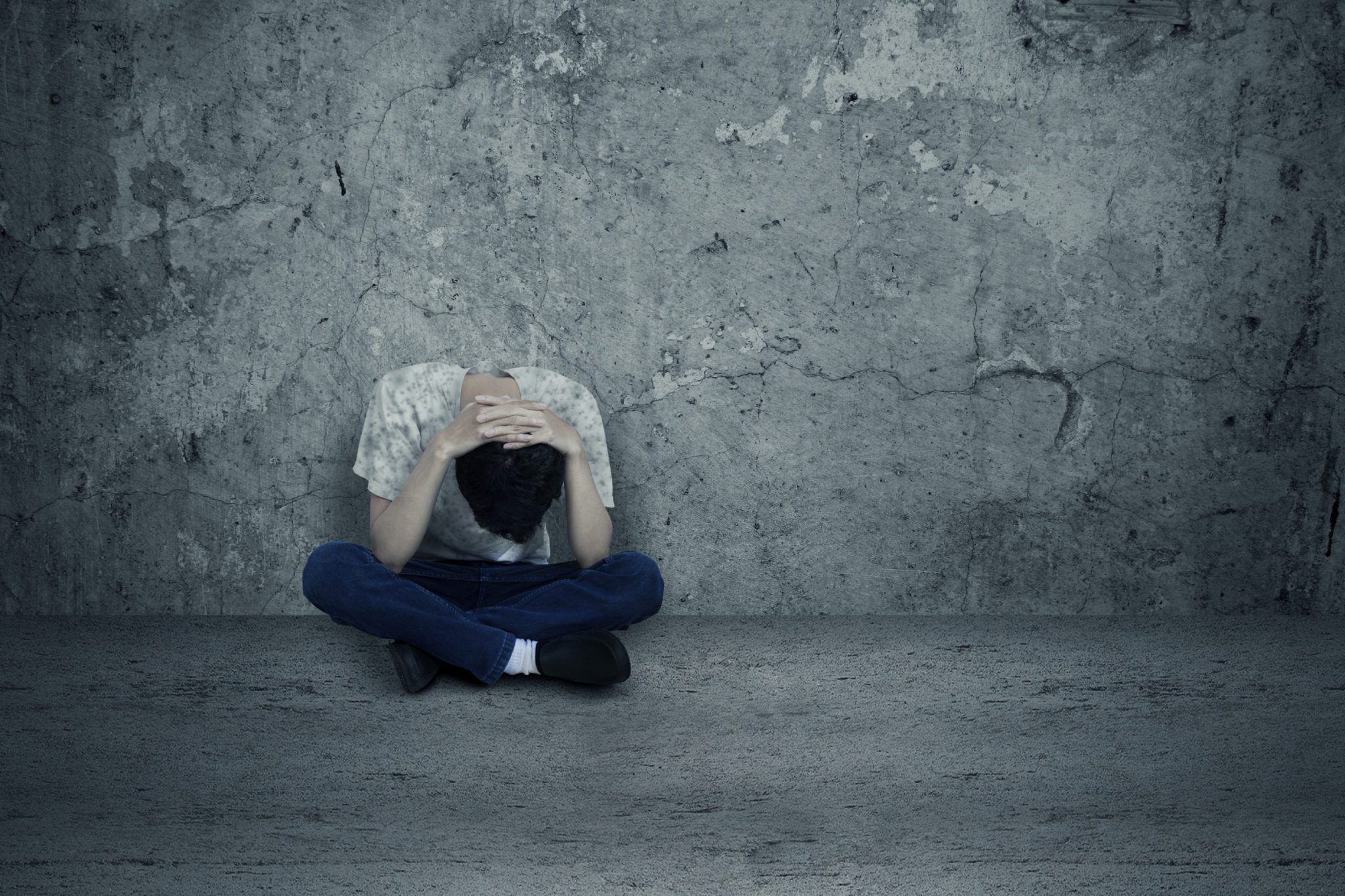
When tragedies hit, it is in our nature to ask why. The co-pilot in the horrific Germanwings crash had serious mental health problems, according to reports.
Beyond Sexual Assault
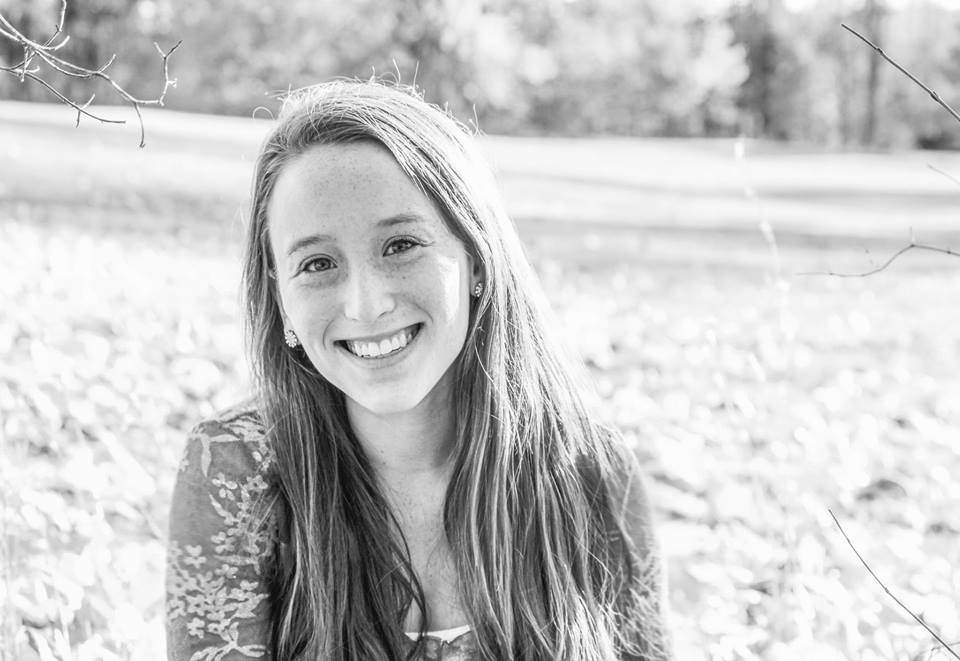
This blog post is part of a series entitled Real Lives, Real Stories: Personal Experiences With Mental Illness.
How to Talk With Your Kids About the Ferguson Unrest
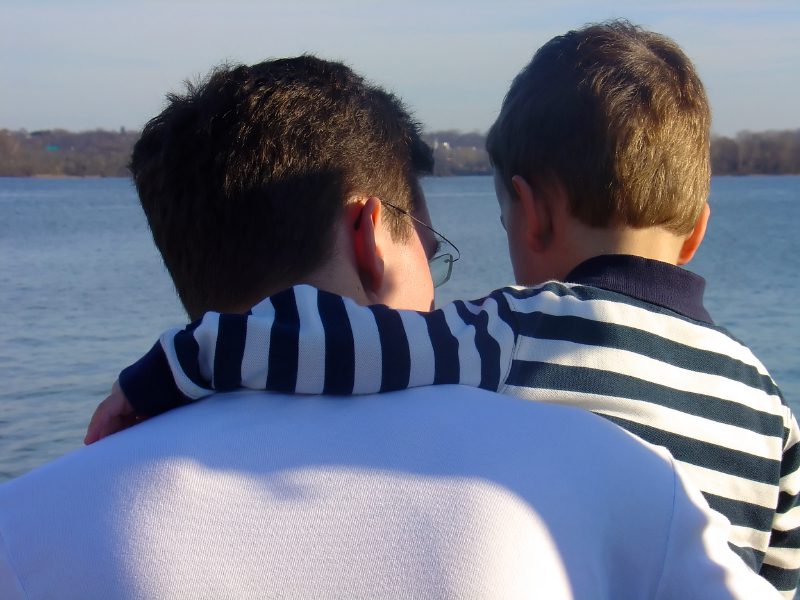
On August 9, 2014, Michael Brown, an 18-year-old African-American man, was shot to death by on-duty police officer Darren Wilson in Ferguson, Missouri. The case immediately drew national and even international attention.
Just after the shooting, many commentators sought to view the tragedy as part of a larger narrative. The U.K.
Violent Schoolyard Scribbles: How Can Teachers, Doctors And Parents Tell If A Child’s Scary Drawings Are A Cause For Concern?
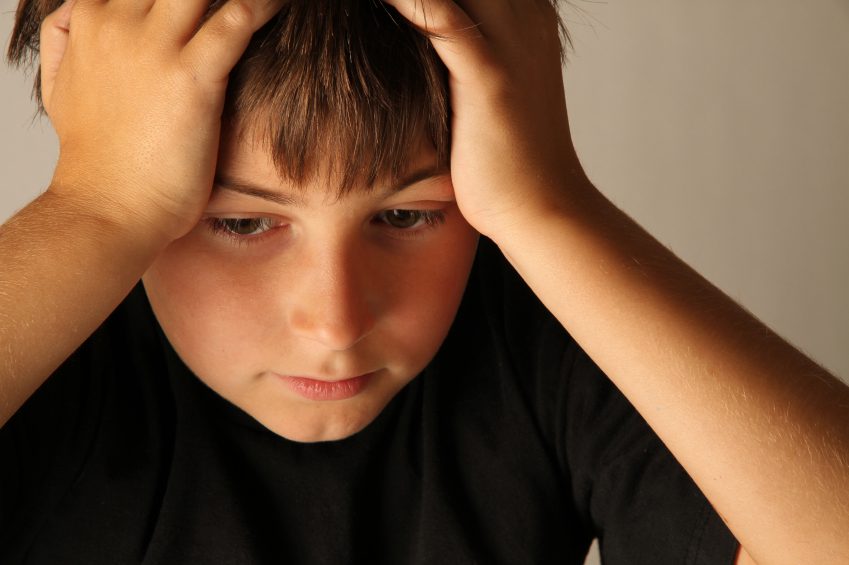
The resident, Dr. G., arrived for a four-hour shift. A pediatrician in his second year of training, he was in the midst of a rotation designed to teach him about psychiatric problems in children.
Kids at Risk for Violence: Warning Signs of Aggression
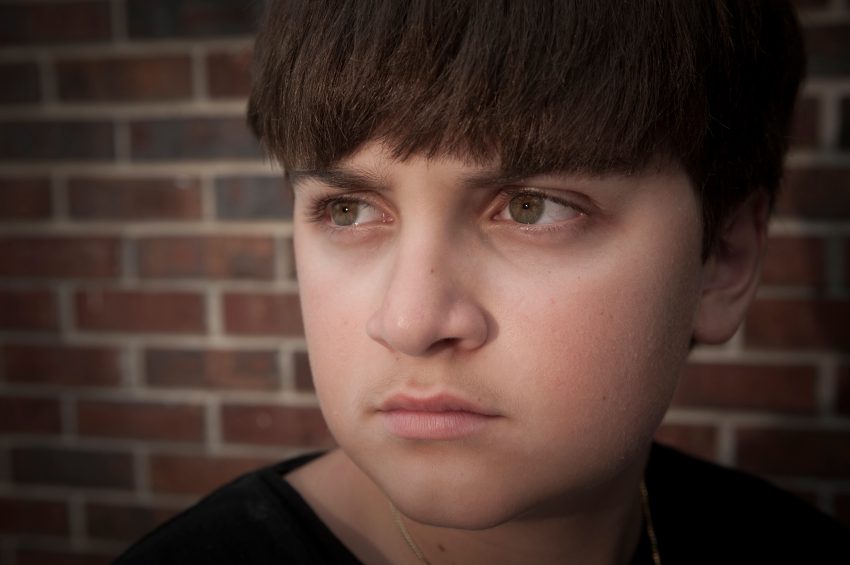
Some kids will become violent as adolescents.
Many have a very short fuse, exploding over the smallest thing. Others, like a ticking time bomb, harbor pent up anger until something pops.
What If My Kids’ School Seems Violent?
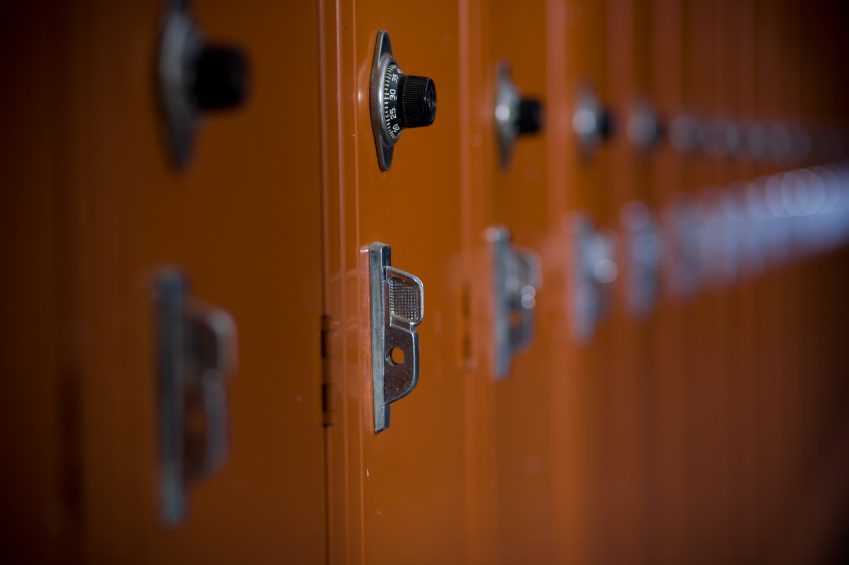
No one can deny the recent spate of horrific school shootings. These awful occurrences are the subject of a different post, but perhaps most importantly, these relatively rare events threaten to overshadow an important and key fact about schools.
Schools are by far the safest place kids can be.
Mental Illness And Society: Prisons, Rehabilitation And Prevention
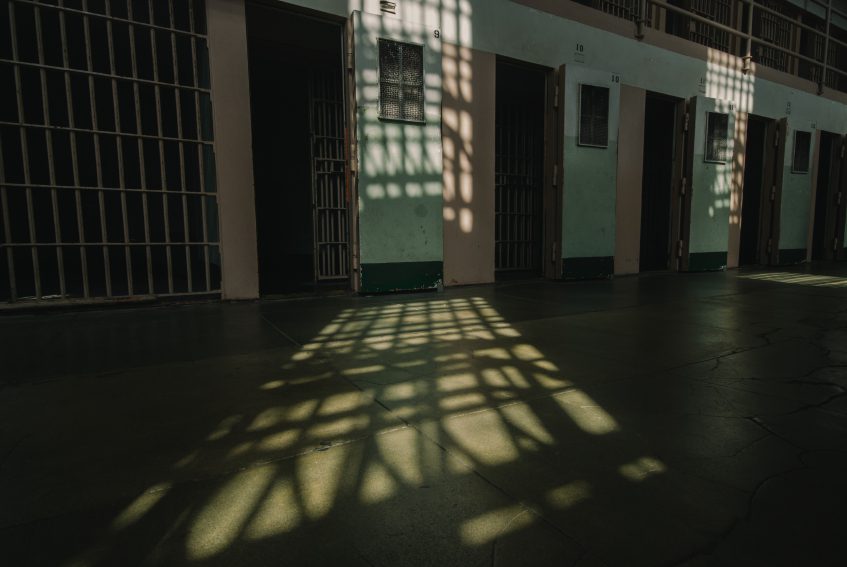
Our prisons are loaded with teenagers and adults who suffer from psychiatric disorders.
Kids who are incarcerated have a 60% or higher rate of psychiatric syndromes according to most studies—this is roughly three times higher than the 20% of kids with psychiatric illness who are currently not incarcerated.



